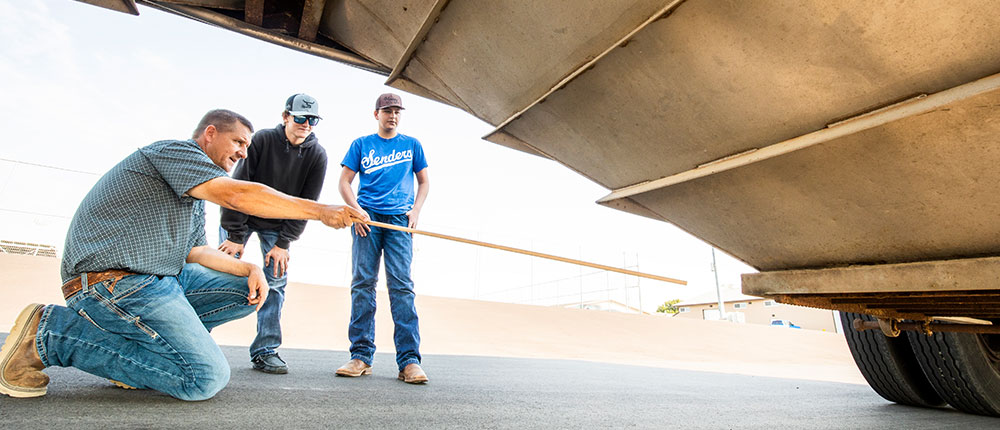High schools in many states have added agriculture, food and natural resources (AFNR) programs over the last decade. In Minnesota, the number of AFNR programs grew from 180 in 2005 to 215 in 2022 and enrollment jumped by nearly 10,000 students, according to the Minnesota Department of Education.
A significant number of those new programs have been established in urban high schools, including five in St. Paul, the state capital, notes Lavyne Rada, interim state FFA executive director. “Other programs have been restarted in communities where they were closed down by the farm crisis in the 1980s.”
One reemerging program is in Mankato, Minn., a community of about 45,000 located 70 miles southwest of the Twin Cities. Surrounded by farmland and home to many ag- and food-based businesses, the city’s two major high schools closed a shared ag program in the early 1990s. But several years ago, a groundswell of support from local agribusiness and education leaders convinced the school board and superintendent to start a new AFNR program.
From his start in the fall of 2019 with just 40 students, first-year ag teacher Ethan Dado has grown program enrollment to more than 380 students across nine courses. Last year, thanks to a generous private donation from a regional livestock production company, a second teacher was hired.
“Nearly all our students have urban backgrounds, with just a handful knowing much about farming or production agriculture,” says Dado. “We try to expose students to AFNR-related careers they might not have known existed. We’ve created class names that connect with our students, including an introduction to animal science class called ‘Pets and Paws’ and an intro to plant science course titled ‘Leaves, Lettuce and Lights.’”
The horticulture class is taught in a new greenhouse built with funding from grants and donations. Dado says they’re nurturing a small orchard on school property and hope to soon add a flock of chickens.
CHS, with a soy processing facility in Mankato, donated $350,000 to the program, and $5,000 of that amount went toward the greenhouse. And Dado says Crystal Valley Cooperative, based in Mankato, is always willing to host tours for students.
“One of our main goals is to create authentic, hands-on experiences for students that help them to develop career-ready skills,” he adds. “To do that, and build our program, we’ve gotten a lot of support from the community, both of money and time.”




